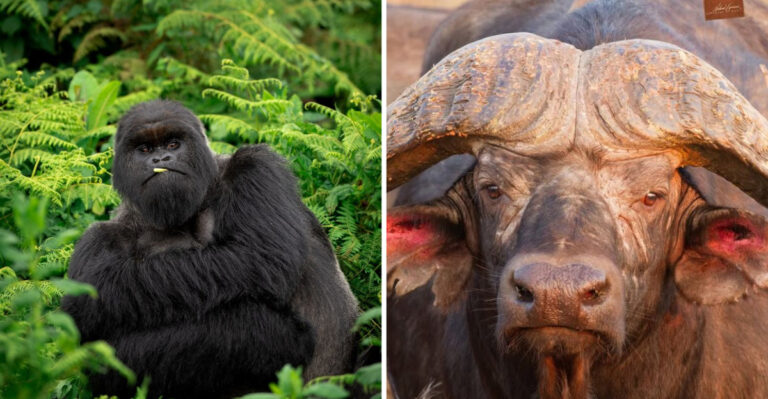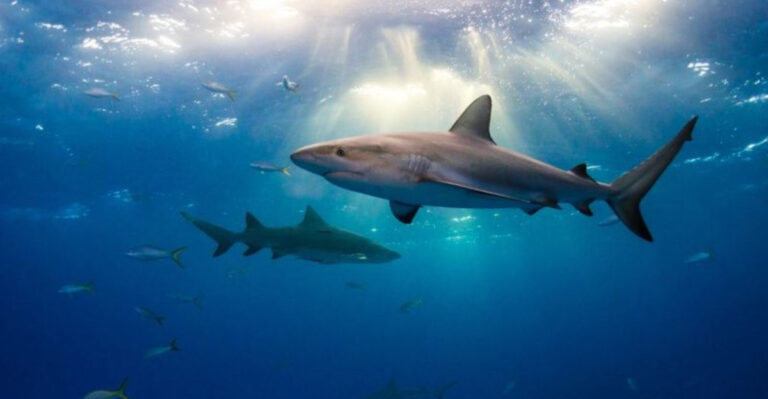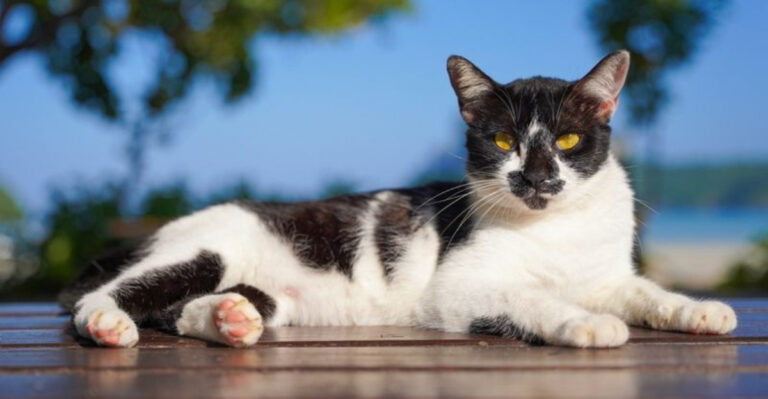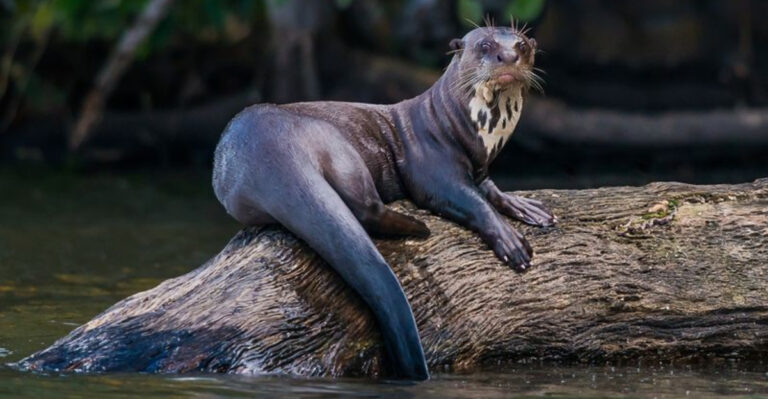17 Extraordinary Behaviors Of The World’s Happiest Animal – The Quokka
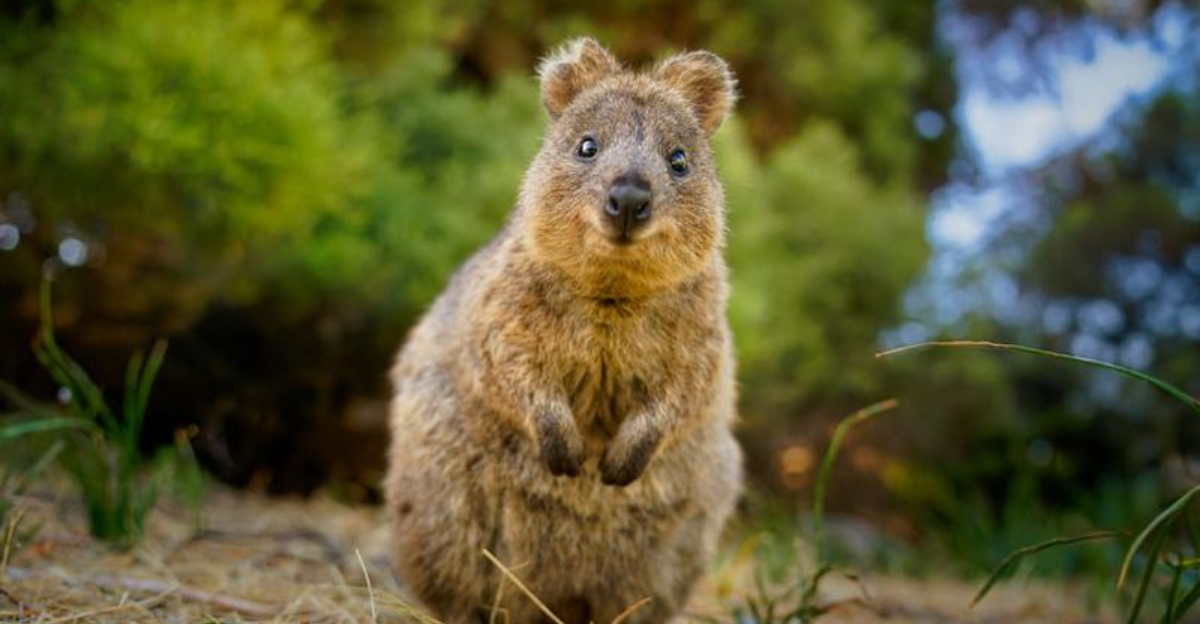
Step aside, dolphins and puppies; there’s a new contender for the title of ‘World’s Happiest Animal’ – the quokka!
Known for their perpetual smile, these adorable marsupials are native to Australia and have charmed people worldwide with their unique behaviors.
1. Constantly Smiling Expression
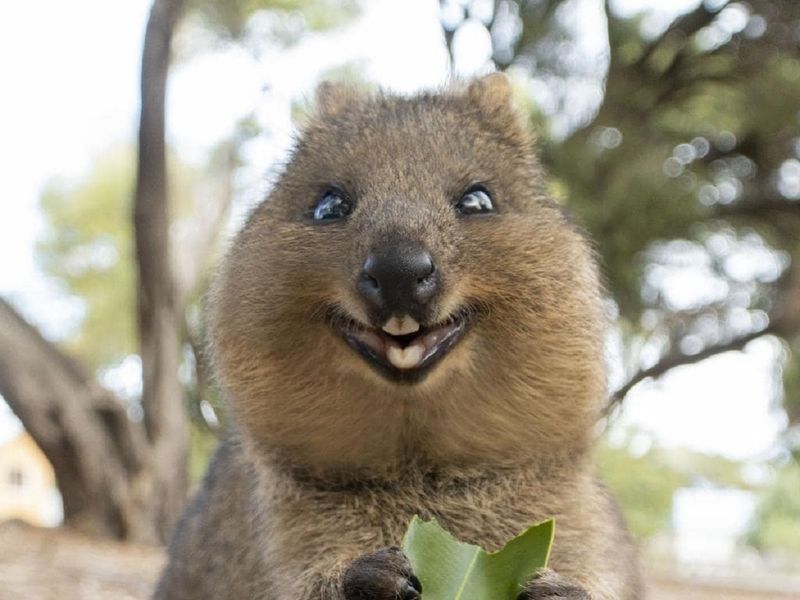
Who can resist a smile that lights up the room? Quokkas sport an ever-present grin, making them look perpetually delighted. This charming facial feature not only endears them to humans but also gives them an aura of joyous contentment.
Their smile isn’t just for show; it’s a natural part of their anatomy, helping them communicate subtle emotions. Isn’t it fascinating how a simple expression can convey so much happiness?
2. Curious And Friendly Nature
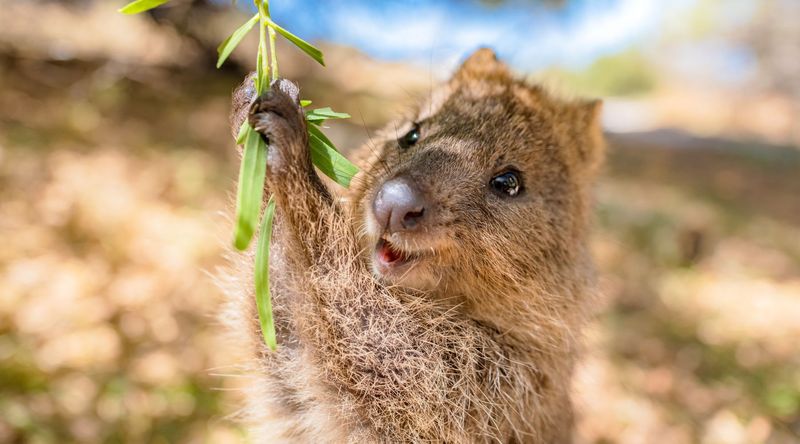
Ever met an animal that seems genuinely interested in you? Quokkas are famous for their friendly and inquisitive demeanor. They’re not shy about approaching humans, often hopping close with wide-eyed curiosity.
This openness builds a bridge between species, allowing unique interspecies connections to form.
Their approachable nature also fosters social interactions within their own groups, enhancing their communal living experience.
3. Nighttime Activity
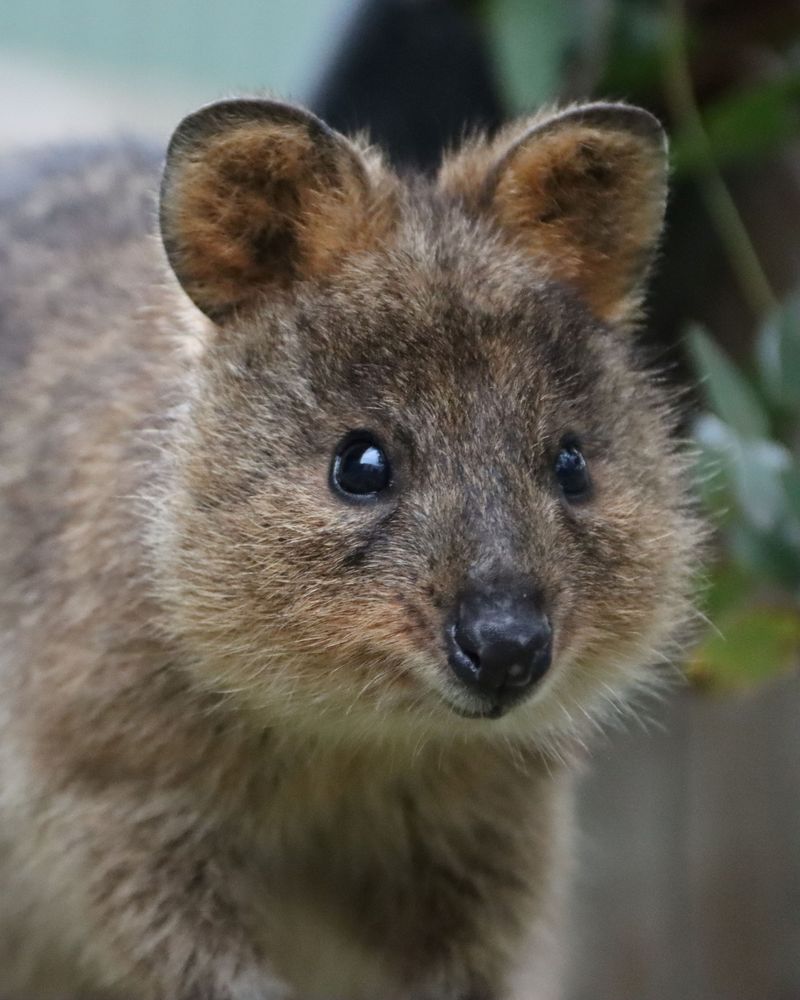
Why do quokkas prefer the night? As nocturnal creatures, they roam under the moonlight, foraging and socializing while evading predators.
Their nighttime adventures are essential for survival, leveraging the cover of darkness to stay safe.
This canny adaptation ensures they thrive in their natural habitat, avoiding the heat of the day and minimizing competition with other creatures. Nighttime is their time to shine!
4. Diet Of Leaves And Plants
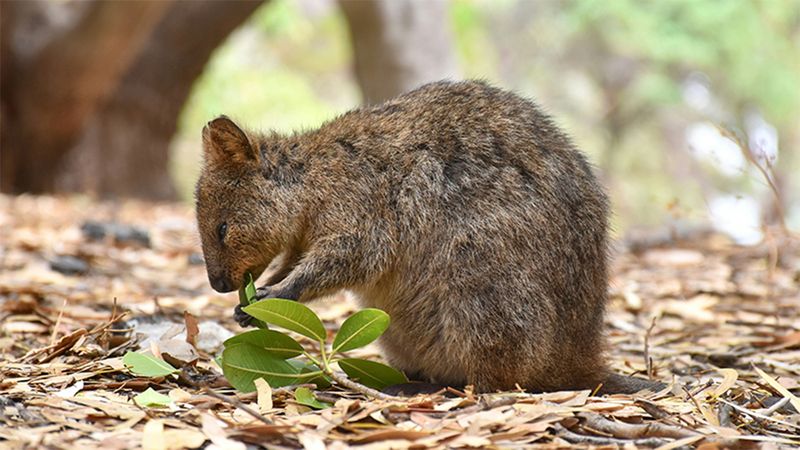
Who knew being a vegetarian could be so beneficial? Quokkas thrive on a diet of leaves, grasses, and shrubs, fueling their energetic lifestyles.
This plant-based diet is easy on their digestive systems and provides essential nutrients. It also reflects their role as integral members of their ecosystem, helping to maintain the balance of plant life.
5. Social Structure Within Groups
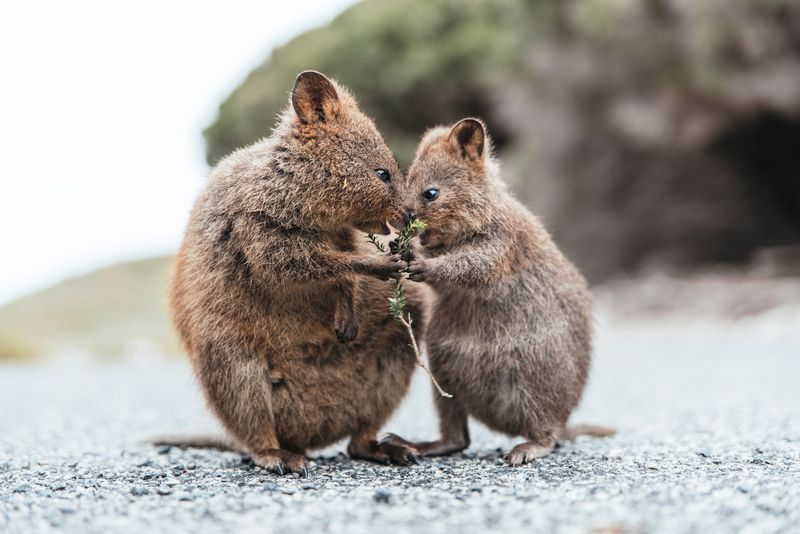
Ever wonder how quokkas keep the peace? Living in small groups, they maintain a structured social order that aids in survival.
These groups aren’t just about companionship; they provide safety in numbers and foster cooperative behaviors.
Within these social circles, quokkas communicate through gestures and postures, strengthening bonds and ensuring harmony. Their social lives are as dynamic as their smiles!
6. Playful And Energetic
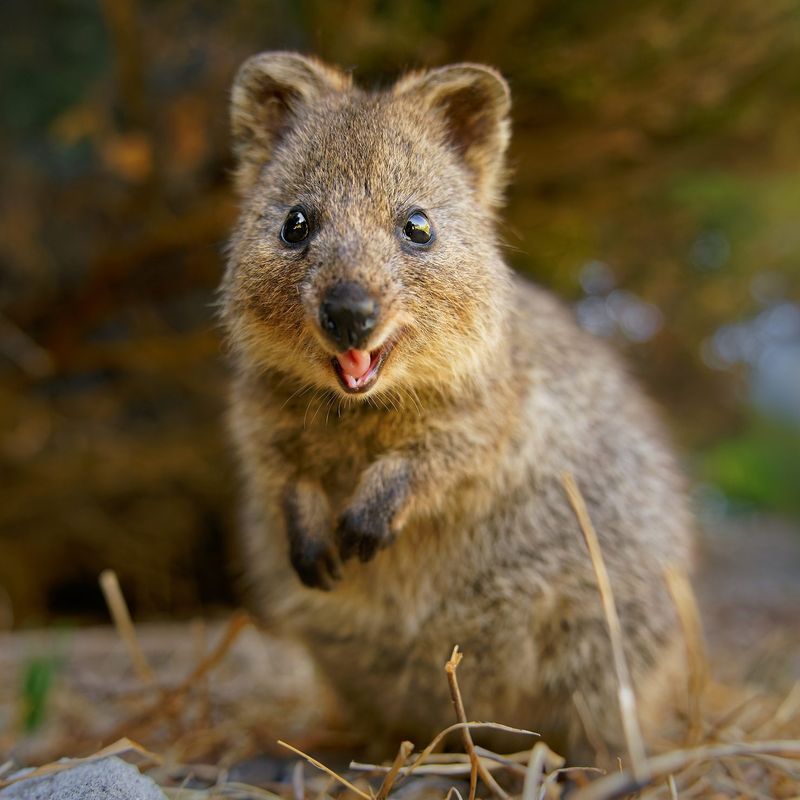
Got energy to spare? Quokkas certainly do! Their playful antics are a delightful display of vitality and joy. This energetic behavior isn’t just for fun; it plays a crucial role in their physical and social well-being.
Engaging in playful activities helps them develop necessary survival skills while fostering social bonds. Their spirited nature keeps them fit, agile, and ready for whatever life throws their way.
7. Use Of Tails For Balance
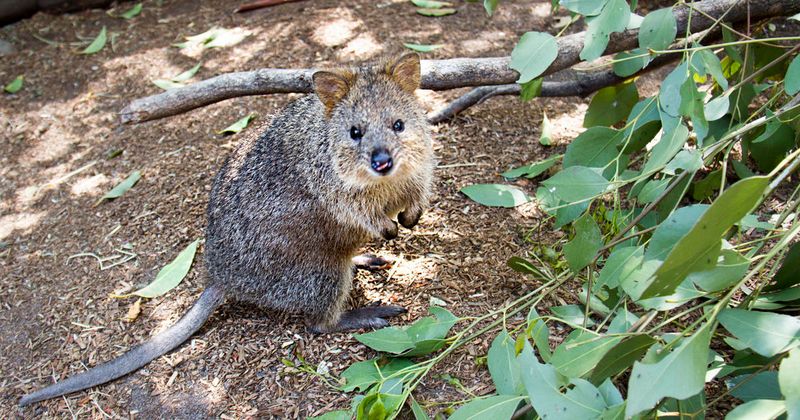
Ever seen a quokka’s tail in action? It’s not just for show. These marsupials rely on their tails for balance as they hop and climb through their environment.
This adaptation enhances their mobility, allowing them to navigate their rugged habitats with ease.
The tail acts as a stabilizer, providing the balance needed for swift and agile movements. Who knew a tail could be so essential?
8. Use Of Hiding Places For Safety
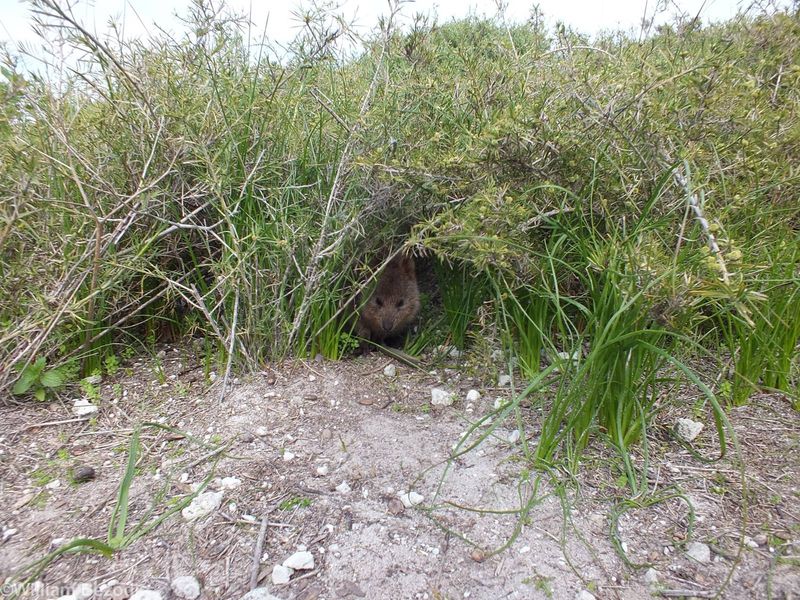
Need a safe spot to hide? Quokkas have mastered the art of camouflage, utilizing dense vegetation and underbrush as natural shelters. This behavior is a key survival strategy, protecting them from predators.
By blending into their surroundings, quokkas ensure their safety while maintaining the element of surprise. It’s a clever tactic that highlights their adaptability and resourcefulness in the wild.
9. Facial Expression As Communication
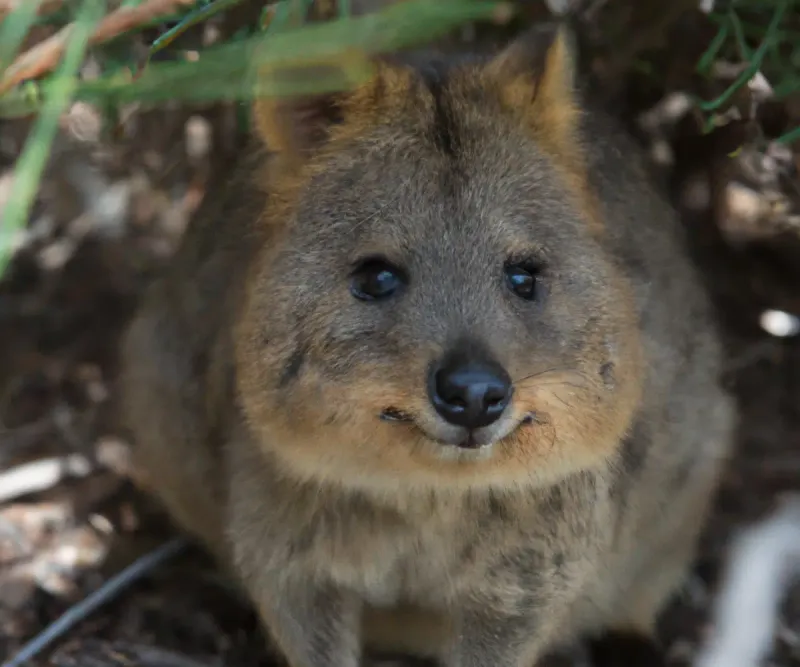
Think a smile is just for humans? Quokkas use their facial expressions to communicate with each other, offering insights into their emotions and intentions.
Their expressive faces convey a range of feelings, from curiosity to contentment. This non-vocal communication strengthens social bonds and fosters understanding within their groups.
10. Adaptation To Extreme Heat
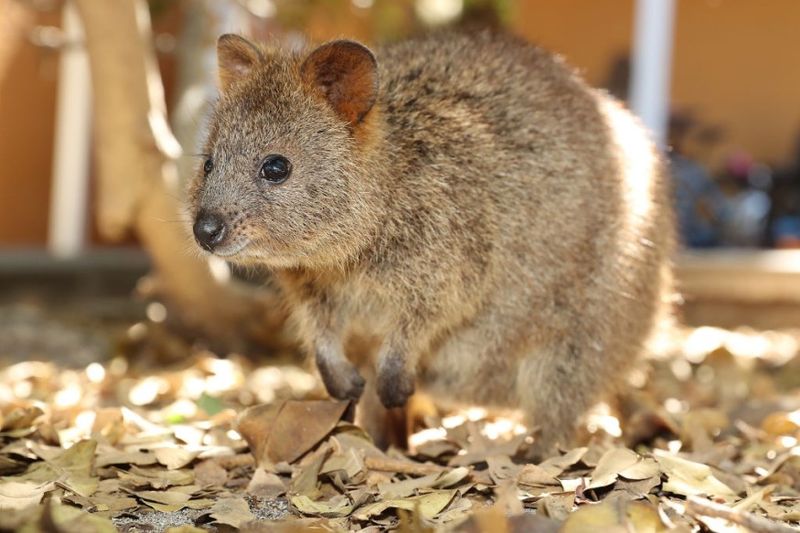
How do quokkas beat the heat? By becoming nocturnal during sweltering summers, these clever creatures avoid the extreme temperatures.
This behavioral adaptation helps them conserve energy and stay cool, proving their resilience in Australia’s harsh climate.
By limiting daytime activity, they minimize heat stress and dehydration, ensuring they remain healthy and active. It’s survival of the coolest!
11. Low-Impact Feeding Habits
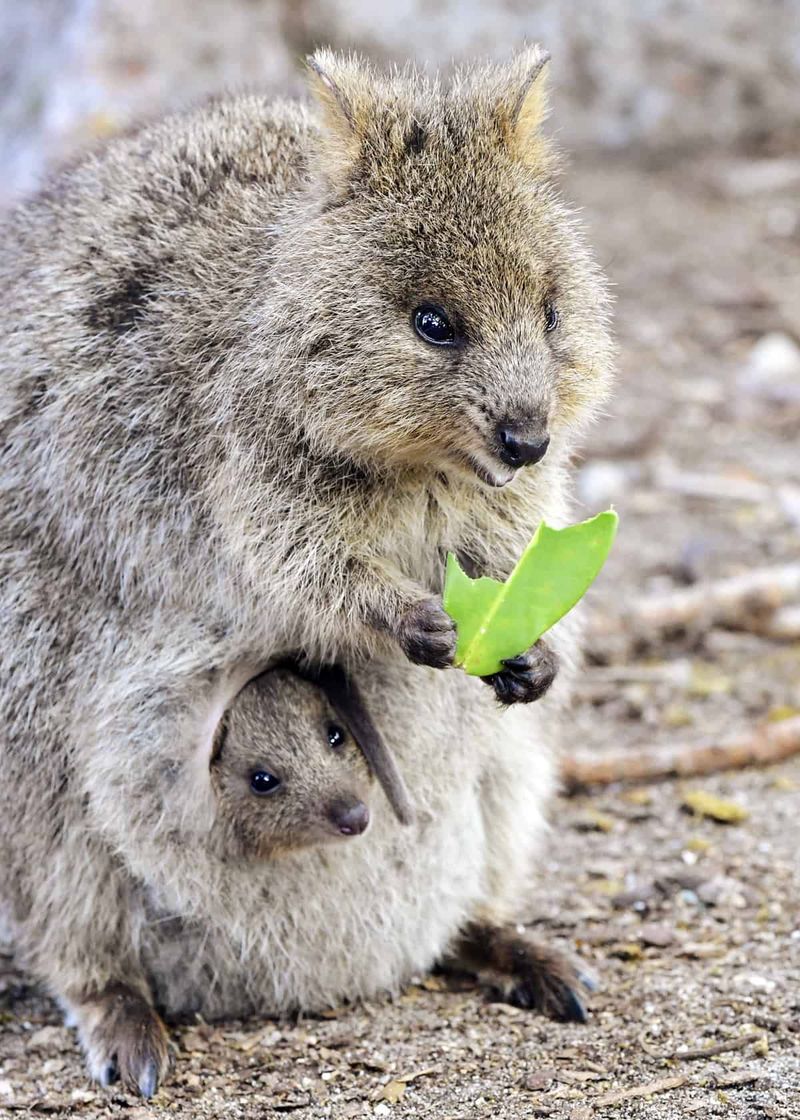
Ever seen an eco-friendly eater? Quokkas have mastered low-impact feeding, nibbling on plants without causing significant damage.
Their gentle dining habits play a crucial role in preserving their habitat, maintaining the delicate balance of their environment.
By consuming a variety of vegetation, they help control plant growth and promote biodiversity. Who knew eating could be an act of environmental stewardship?
12. Curiosity Towards Humans
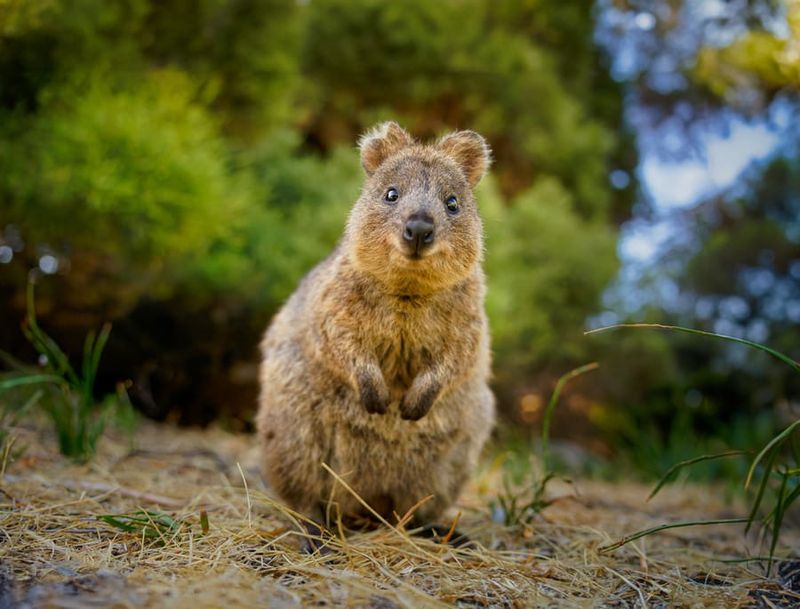
Quokkas seem to have no qualms about getting up close and personal! Their curiosity towards humans is both endearing and intriguing.
This fearless approachability stems from their natural inquisitiveness and lack of natural predators on some islands.
Interactions with humans often lead to delightful encounters, showcasing the quokka’s trusting nature. They offer a rare glimpse into the harmonious coexistence between humans and wildlife.
13. Mother-Infant Bonding Rituals
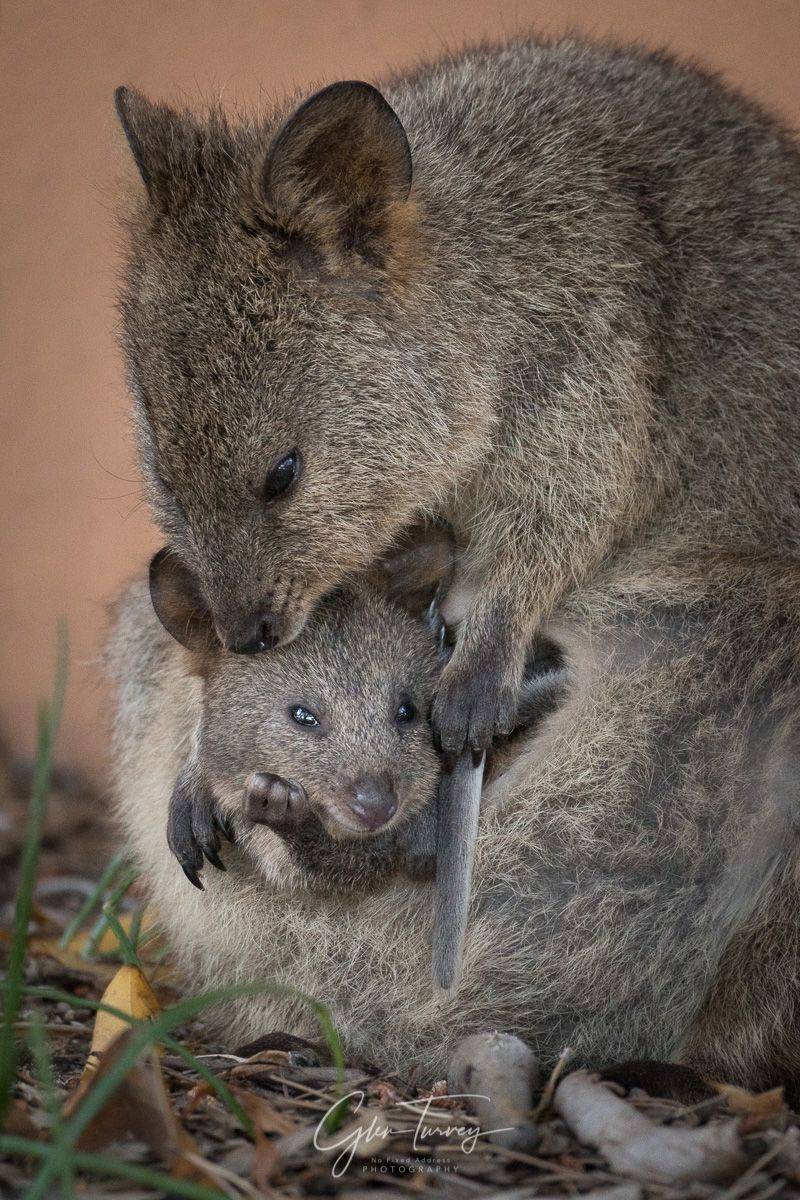
Quokka mothers are all about that bond! They share a special connection with their young, nurturing and protecting them with care. Mother-infant rituals are pivotal in the early development of joeys, offering safety and guidance.
The pouch serves as a haven, where young quokkas grow and learn about the world. This nurturing relationship ensures the next generation thrives in the wild.
14. Excellent Jumping Ability
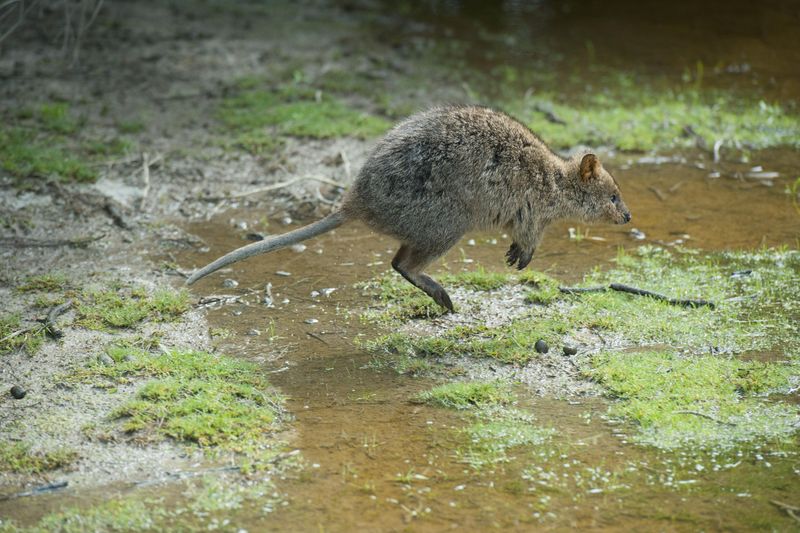
If you thought kangaroos were the only hoppers, think again! Quokkas are impressive jumpers, using this ability to escape predators and navigate diverse terrains.
Their powerful hind legs enable them to cover significant distances quickly, offering a swift getaway when danger looms. This skill isn’t just about survival; it also enriches their playful lifestyle, adding a bounce to their step.
15. Hiding Food For Later
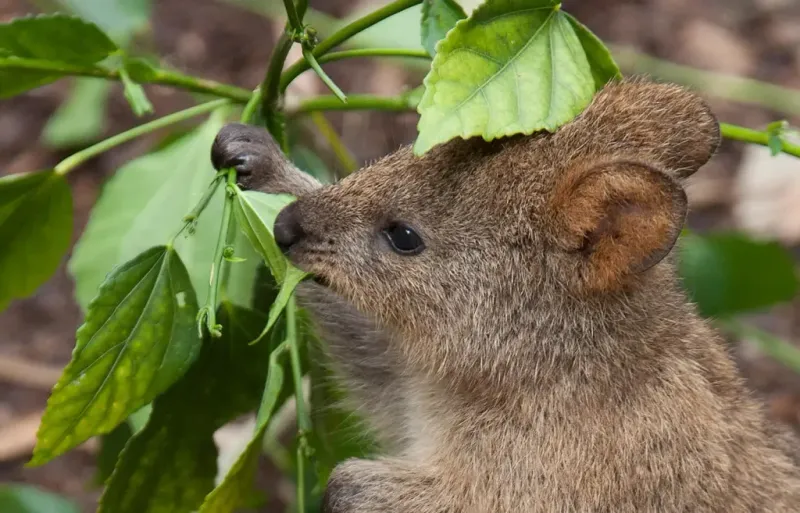
Ever heard of a quokka pantry? These resourceful animals often stash food for lean times, ensuring they have reserves when needed.
This behavior is a clever survival strategy, particularly in environments where food availability fluctuates.
By hiding snacks, they ensure a steady food supply, demonstrating foresight and planning. It’s an impressive display of resource management in the animal kingdom!
16. Territorial Behavior
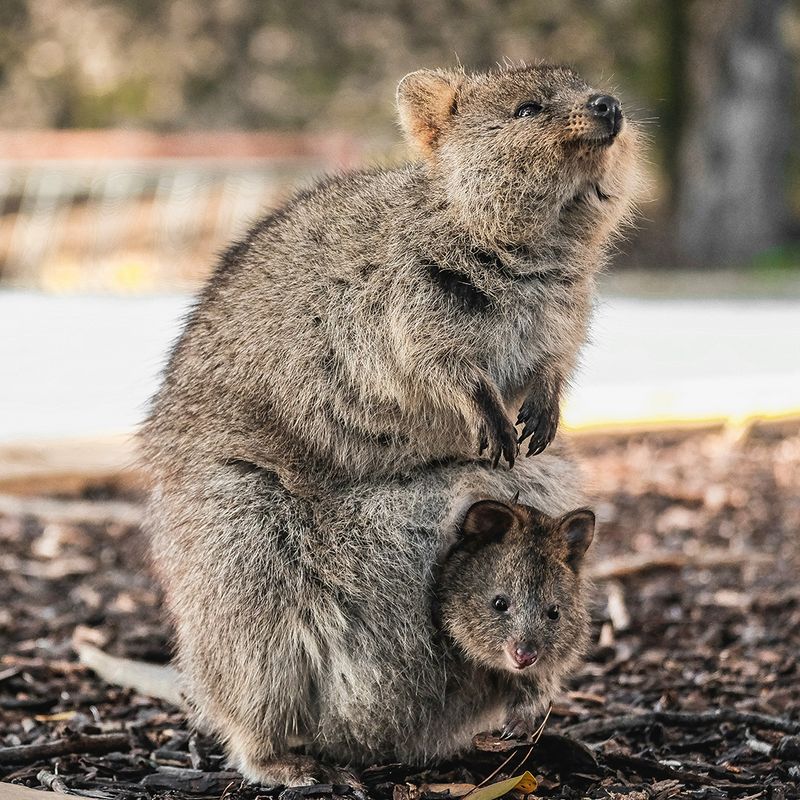
While generally amiable, quokkas can be territorial, especially concerning food and shelter. This behavior helps maintain order within their groups, ensuring resources are shared equitably.
Territorial disputes are typically resolved through posturing and gestures, minimizing physical confrontations.
This structured approach to territory management highlights their social intelligence and ability to coexist peacefully with neighbors.
17. Interaction With Other Species
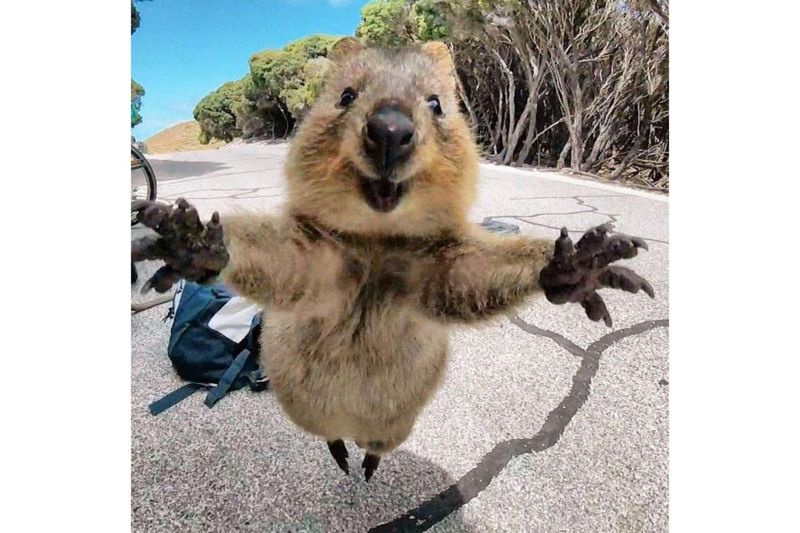
Quokkas are more than just social butterflies; they engage with various species within their ecosystem. These interactions often lead to mutual benefits, such as food sharing and predator alerts.
By forming symbiotic relationships, quokkas contribute to the balance and health of their environment.
It’s a win-win situation that exemplifies the interconnectedness of nature, where cooperation leads to thriving communities.

